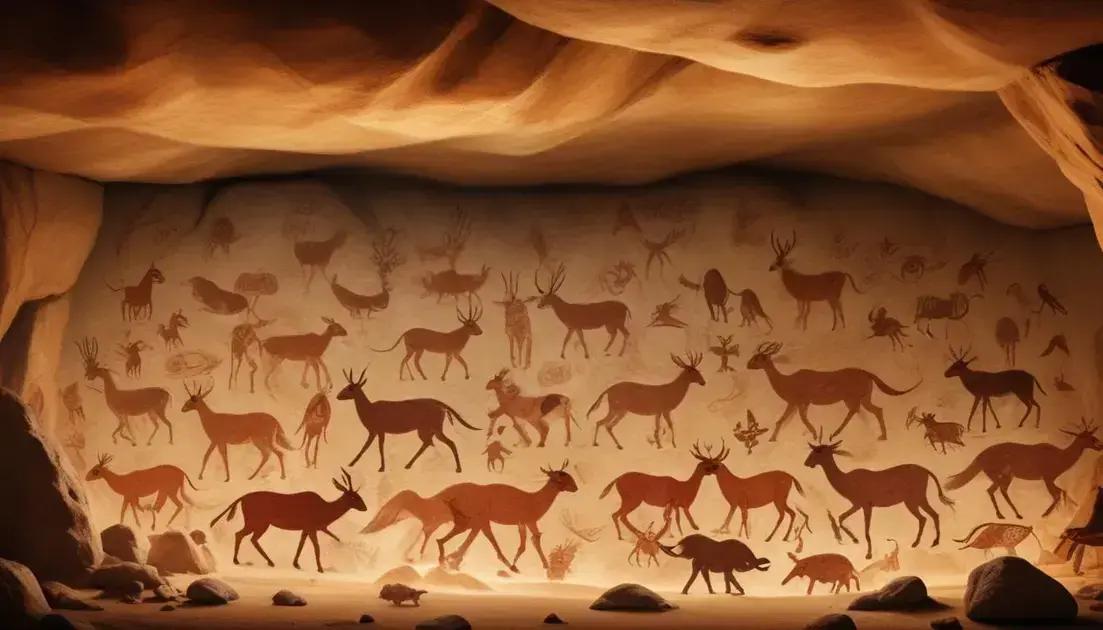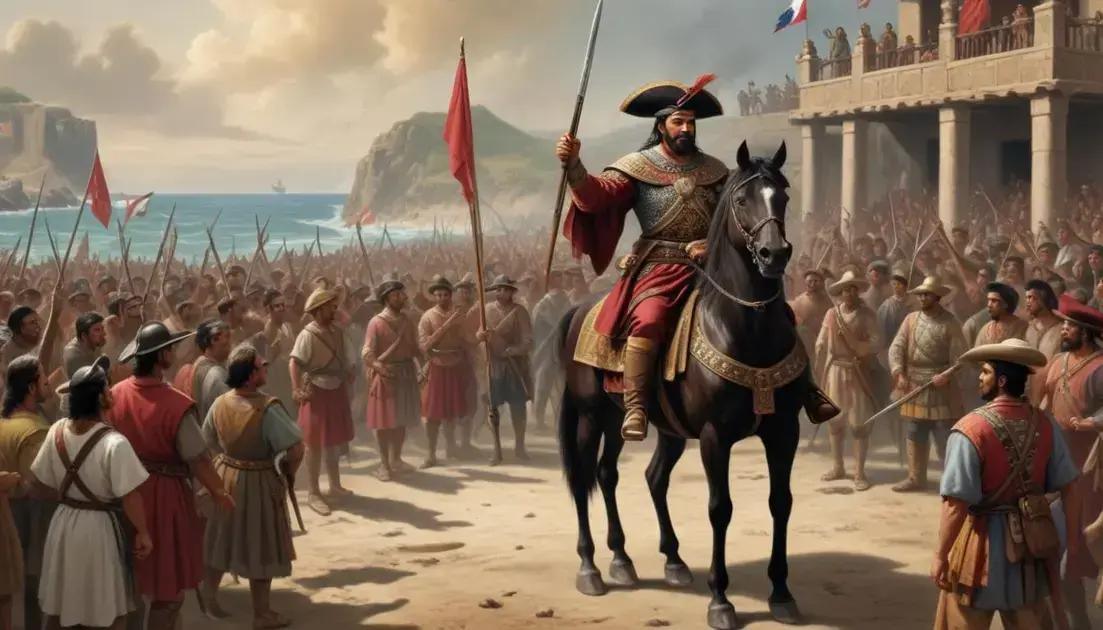
Decline of Angkor: Causes and Mysteries
The decline of Angkor was driven by various factors, including prolonged droughts, shifts in river courses, and political instability. These environmental and social challenges led to water shortages and food scarcity, contributing to the city’s eventual abandonment. The significance of Angkor remains, as it highlights essential lessons about resource management, cultural preservation, and the impacts of climate change, making it a valuable case study for understanding past civilizations and their relevance today.
Decline of Angkor is a tale woven with mystery and history. What led to the downfall of this magnificent civilization? Let’s uncover the secrets!
Causes of Decline
The Causes of Decline of Angkor are connected to several key factors. One major issue was the extended periods of drought. These dry spells made it hard for the people to farm and access water.
Another reason involved changes in the rivers’ paths. The main waterways shifted, causing flooding in some areas and drought in others. This disruption hurt the agriculture that supported the population.
Political troubles also contributed to Angkor’s decline. Conflicts with neighboring regions drained resources and led to instability. When a society is under stress, it sometimes cannot adapt to new challenges effectively.
Finally, external pressures played a role. Invaders and traders disrupted trade routes. This interference made it hard for Angkor to maintain its wealth and influence.
Understanding these causes helps us learn how societies can fall and what we can do to prevent this in the future. By studying Angkor, we get valuable lessons about the importance of water management, political stability, and community resilience.
Mysteries Surrounding Angkor
The Mysteries Surrounding Angkor have fascinated people for centuries. One big question is why it was abandoned. Many wonder how a thriving city could fall silent.
Some theories suggest that environmental factors played a role. Changes in weather patterns might have led to harsh conditions. Others believe that political struggles caused its downfall.
Another mystery involves the temple designs. Angkor’s temples are grand and complex. What inspired such unique architecture? Did they have specific meanings? We still seek answers to these questions.
Another intriguing area is the extensive water management system. This network of canals and reservoirs allowed the city to flourish. But what happened when it failed? How did the people cope without enough water?
Scholars and researchers continue to explore these uncertainties. Each discovery adds to our understanding of this ancient place. These mysteries are not just about the past; they also shape how we view our world today.
Impact of Climate Change
The Impact of Climate Change on Angkor has been significant. Changes in climate affected the delicate balance of the region. Extended dry spells and unpredictable rainfall strained resources for the people.
These changes led to water shortages. Without reliable water sources, farming became difficult. Food supplies dwindled, and people struggled to survive.
Moreover, rising temperatures forced communities to adapt. Some moved away in search of better living conditions. The cities that thrived were now facing threats from nature.
Archaeological evidence shows that these climate shifts may have played a big role in Angkor’s decline. Such discoveries remind us of the importance of preserving our environment. Understanding the past can help us face challenges today.
By studying how climate change impacted ancient civilizations, we can gain insights for the future. It’s crucial to learn from history as we navigate our increasingly changing world.
Cultural and Historical Significance
The Cultural and Historical Significance of Angkor is immense. This ancient city was once a hub of creativity and power. It’s known for stunning temples and advanced architecture.
Angkor Wat, the most famous temple, showcases incredible artistry. Its detailed carvings tell stories of gods and kings. This artwork offers insights into the beliefs and values of its people.
Beyond religion, Angkor was a center for trade and cultural exchange. Merchants from far and wide visited its markets. This created diverse communities and shared ideas.
Angkor’s decline is a reminder of how important it is to respect our history. The lessons learned from its rise and fall help us understand today’s societies. Preserving such heritage is key for future generations.
Today, Angkor attracts visitors worldwide. Tourists come to marvel at its beauty. They also explore its rich history, making it a vital part of our global culture.
Lessons Learned
The Lessons Learned from the decline of Angkor are important for us today. First, it shows how vital water management is. The ancient city thrived with its advanced canals and reservoirs. When these systems failed, the entire community suffered.
Second, Angkor highlights the need for political stability. Conflicts weakened the city and made it harder to adapt to challenges. Peace and cooperation can help societies thrive.
Another lesson is about the impact of climate change. Angkor faced severe droughts and fluctuating weather patterns. Understanding how to deal with these shifts is crucial for future generations.
Lastly, we learn the value of preserving culture and history. The sites of Angkor are reminders of human achievement and creativity. Protecting our heritage helps us understand who we are as a society.
By studying Angkor, we gain insights that can guide us. These lessons remind us to be mindful of our resources, relationships, and environment.
Conclusion
In conclusion, the rise and fall of Angkor provide important lessons for us today. The city’s success came from strong water management and a stable political system. When these systems failed, the consequences were severe. Understanding the impact of climate change and preserving cultural heritage is vital for future generations.
By learning from Angkor, we can better manage our resources and focus on building strong communities. Protecting our history helps us connect with our past and guides us into the future. In the end, these lessons remind us that caring for our environment and collaborating with each other are keys to a thriving society.


